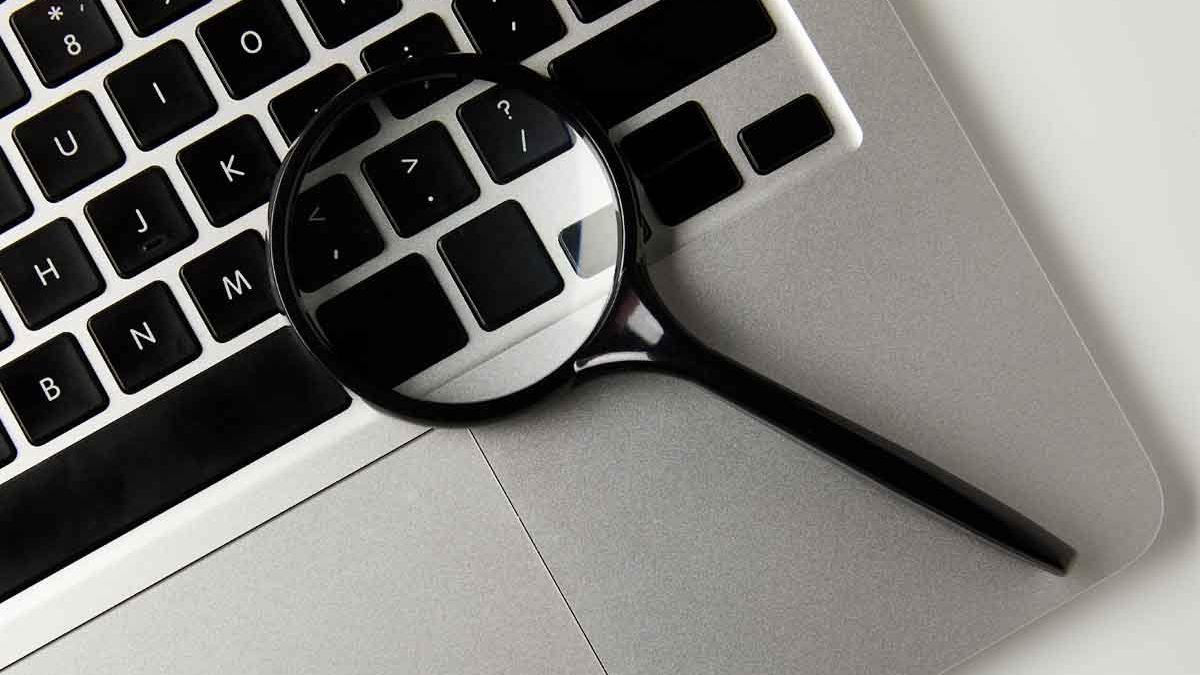‘It’s online, so it must be true’
Deepfakes have become easier and easier, thanks to all the artificial intelligence tools that are popping up. Whether it’s the pope in a puffer coat or a man who appears to be cheating on his wife in Falso Amor on Netflix, sometimes things aren’t what they seem. A new campaign by security organization ESET should make us more aware of this fake news.
Contents
It’s online, so it must be true
“If it’s online, it must be true, right?” that’s the question being asked in the new campaign. You can be fooled so easily these days, by ChatGPT, by people who write fake news or by other AI tools, that we can no longer just believe our eyes. With these five tips you become a little more aware of how things on the internet are not necessarily the truth.
For example, you can make a fake news report about an earthquake, say that it has occurred and all generate fake images via, for example, Dall-E, and people will believe you: after all, you provide visual evidence of the disaster in addition to text. In the digital world of 2023, we really can no longer believe what we see. As normal as it is to look for ‘evidence’ that something is true, you now have to add an extra dimension: checking whether that evidence is correct.
Related articles
ESET would like us to encourage children in addition to ourselves to be critical of what they see. Being a little more vigilant is a good skill to have. Ensuring that children find out for themselves that something on the internet is not correct is certainly very instructive. ESET wants you to teach kids (and yourself):
1. What is fake news
Some people have no idea there is such a thing as fake news, or they think it’s just text, but they can just believe pictures. In addition, it is also not clear to everyone why someone would want to spread fake news, so it can help to give your children extra explanation about this: what drives such a person?
2. That Google is only a conduit
Google is a big name on the internet, but that doesn’t mean that everything on Google is correct. As a search engine, Google is still basically a conduit in that respect. Also what appears first in the search engine does not have to be true at all.
3. Don’t just read the headline
We see it often: people who only read the headline of an article and then post a peppery response. However, the title can be very misleading, so read the whole article.
4. Check for facts
Make sure you check whether something is factually correct. Do this with a source that you consider reliable (think, for example, of well-known media such as the NOS, but also the website of a certain authority itself). For example, if it concerns information about legislation, check the website of the central government.
5. Is the URL correct?
And if you go to the Rijksoverheid site, be careful not to go to Ryksoverheid or Rijksoverheld. There are always hackers lurking who pretend to be a reliable source, but are not. Because they cannot register the same domain name, they opt for a name that is very similar: anything to mislead you.
@deeptomcruise @parishilton and I are #sliving ♬ Aesthetic – Tollan Kim
Keep talking to each other about these kinds of topics: that way you keep each other on your toes.
Do you ever have discussions at home about things that are potentially fake news? How does that work? Leave it now in the comments to this article.



